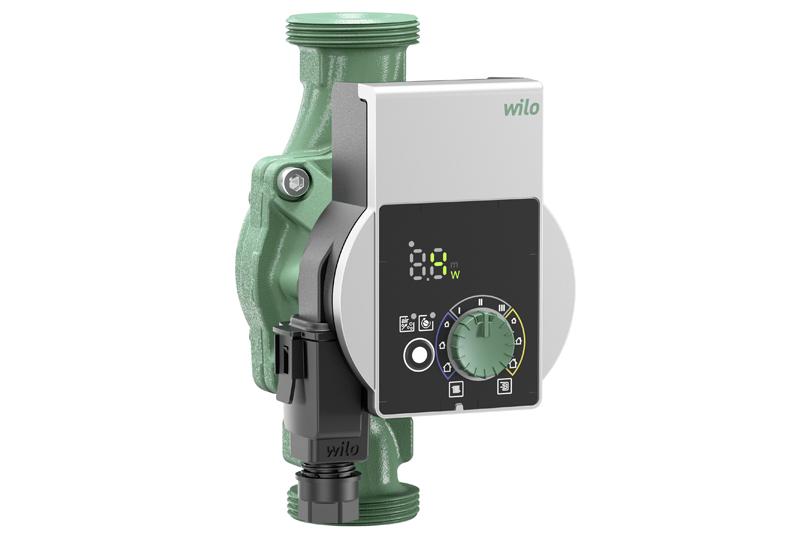
PHPI speaks to Wilo about the key role of energy efficient pumps.
Small circulating pumps are a key component of all wet heating systems in the UK. They perform as standalone pumps or as integrated pumps in combi and system boilers and they keep the water circulating in underfloor heating systems too. And you’ll find one in air conditioning systems as well. They are responsible for a much higher percentage of overall household electricity usage than many still realise, which is why old uncontrolled pumps were targeted by European legislation as a key way of reducing energy usage in the home, reducing energy bills and reducing emissions. They offered a real way of making strides towards meeting the ambitious environmental targets set by the UK Government and European legislators.
With boilers now about as energy efficient as they can get and better controls supplied to give householders control of their heating system, it really is getting difficult to find new ways of controlling energy use and driving down energy bills. Improved insulation, ever better quality replacement windows – it’s a struggle to find ways of being more energy efficient once you have a more energy efficient heating system installed in the home. Replacing the existing pump and replacing it with the most energy efficient pump you can find is a useful additional way of driving up energy efficiency and saving money in the current climate.
From January 2013, high efficiency pumps were demanded by EU Legislation and, as 2013 unfolded and availability of anything other than high efficiency options declined, installers began to buy and install and specifiers began to specify the high efficiency options. Now, five years down the line, high efficiency pumps have been accepted and are being installed in their thousands.
Despite this embracing of the new legislation and availability of the new ErP compliant circulating pumps, the fact remains that there are still many millions of old, uncontrolled small circulators operating in heating systems across the UK. There is still huge potential to further reduce energy use and energy bills in the months and years ahead and apart from major landlords undertaking pump replacement programmes, for homeowners, in many cases it will require the old pump to fail before it gets replaced, unless an installer sees an elderly pump when undertaking an annual boiler service and recommends the replacement there and then.
Life cycle costs offer a compelling argument for replacing a small circulating pump. The concept of lifecycle costs was not new in January 2013 when ErP came into force for pumps, but it was a concept that had largely been associated with commercial projects rather than domestic ones. But suddenly it became more important and the additional costs that inevitably follow the development of exciting new technology – in this case the vastly improved electronics and the arrival of electronically commutated motors (ECMs) for small circulating pumps – were justified by the lower life cycle costs of the new high efficiency, more expensive pumps and the huge savings possible over a 10 or 15-year operational life time. These could and should pay for the increased capital cost of the pump at the outset, many times over.












